Deer stones culture
Deer stones (Chinese: 鹿石; pinyin: lùshí, also known as reindeer stones), sometimes called the Deer stone-khirigsuur complex (DSKC) in reference to neighbouring khirigsuur tombs, are ancient megaliths carved with symbols found largely in Siberia and Mongolia. The name comes from their carved depictions of flying deer. The "Deer stones culture" relates to the lives and technologies of the late Bronze Age peoples associated with the deer stones complexes, as informed by archaeological finds, genetics and the content of deer stones art.
The deer stones are part of a pastoral tradition of stone burial mounds and monumental constructions that appeared in Mongolia and neighbouring regions during the Bronze Age (ca. 3000–700 BCE). Various cultures occupied the area during this period and contributed to monumental stone constructions, starting with the Afanasievo culture,...Read more
Deer stones (Chinese: 鹿石; pinyin: lùshí, also known as reindeer stones), sometimes called the Deer stone-khirigsuur complex (DSKC) in reference to neighbouring khirigsuur tombs, are ancient megaliths carved with symbols found largely in Siberia and Mongolia. The name comes from their carved depictions of flying deer. The "Deer stones culture" relates to the lives and technologies of the late Bronze Age peoples associated with the deer stones complexes, as informed by archaeological finds, genetics and the content of deer stones art.
The deer stones are part of a pastoral tradition of stone burial mounds and monumental constructions that appeared in Mongolia and neighbouring regions during the Bronze Age (ca. 3000–700 BCE). Various cultures occupied the area during this period and contributed to monumental stone constructions, starting with the Afanasievo culture, and continuing with the Okunev, Chemurchek, Munkhkhairkhan or Ulaanzuukh traditions. The deer stones themselves belong to one of the latest traditions of monumental stones, from circa 1400 to 700 BCE (Late Bronze Age to Early Iron Age), but precede the Slab grave culture. The deer stones also immediately precede, and are often connected to, the early stages of the Saka culture (particularly the Arzhan, Chandman and Pazyryk cultures) in the area from the Altai to Western Mongolia. Deer stone art is earlier than the earliest Scythian sites such as Arzhan by 300 to 500 years, and is considered as pre- or possibly proto-Scythian.
The Deer stones culture seems to have been influenced by the contemporary Karasuk culture to the northwest, with which it shares characteristics, particularly in the area of weapon metallurgy.




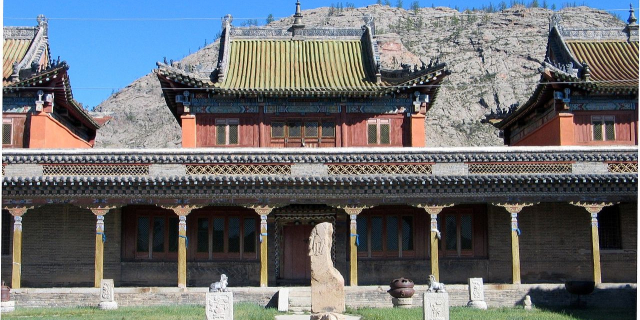

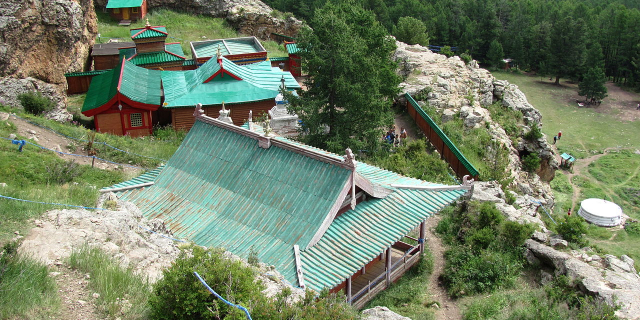


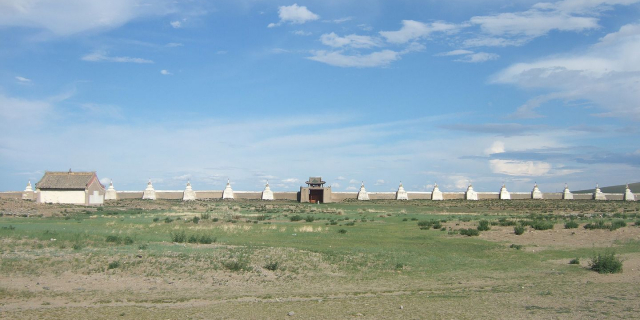



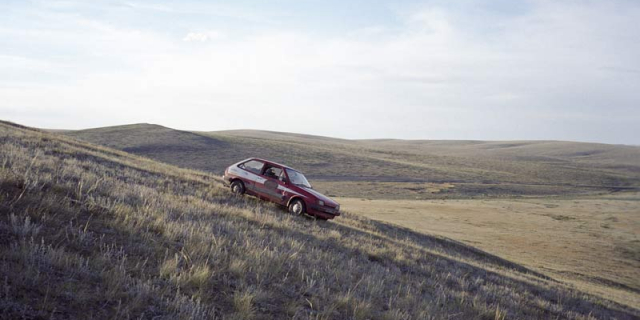








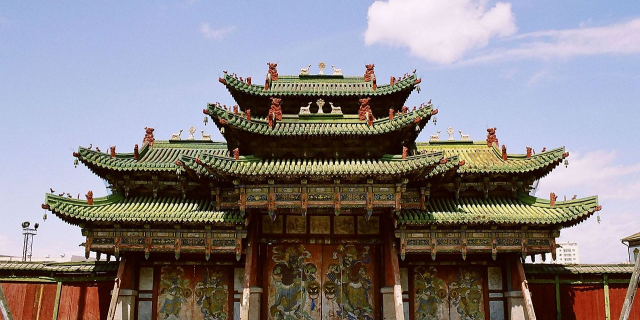

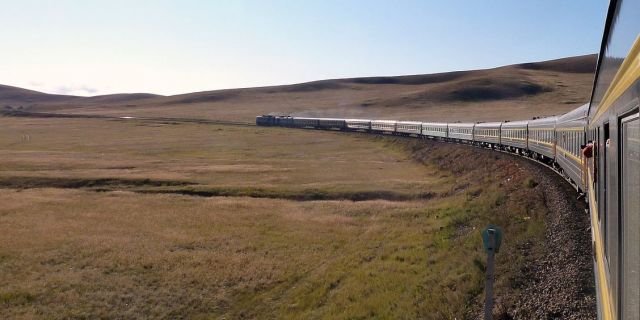








Add new comment